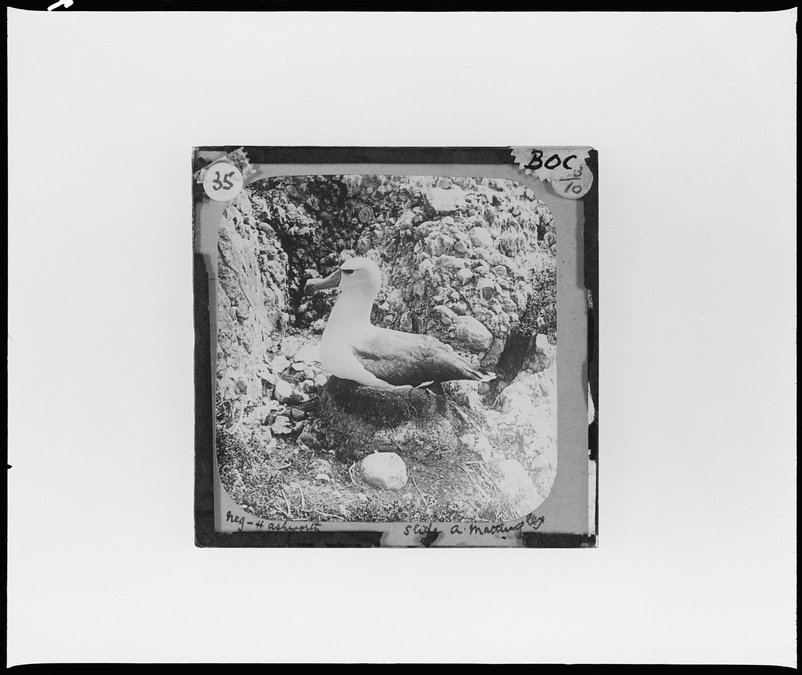Celebrating the Australian Museum’s Archives
This year marks the 75th anniversary of the International Council on Archives - celebrations are in full swing for International Archives Week (5-9th June) and International Archives Day (9th June). These events are celebrated to highlight the importance of archives and records in preserving our collective histories.
What are archives?
The International Council on Archives defines archives as:
the documentary by-product of human activity retained for their long-term value. They are contemporary records created by individuals and organisations as they go about their business and therefore provide a direct window on past events. They can come in a wide range of formats including written, photographic, moving image, sound, digital and analogue. Archives are held by public and private institutions and individuals around the world.
Why are they important?
The Australian Society of Archivists (ASA) state that “Archives matter because they hold much of our personal, corporate, and social memory”. They are a way of maintaining accountability, transparency, and documentation of key decisions within organisations. By looking at records we can connect the present to the past and uncover stories about people, places, and historical events.
The Australian Museum Archives
The Archives department here at the Australian Museum cares for our history and holds both institutional and collected archives. The institutional archives include Trust Minutes, Annual Reports, Collection Registers, correspondence and photography. The archives are cared for by our archivist who ensures that records are authentic, reliable, and usable. An archivist’s role includes assessing the value, preserving, arranging, describing, and managing the accessibility of records.
Photographic archives: a window into the past
The Archives team have been busy digitising and documenting our analogue photography collections through the Photographic Archives Digitisation (PAD) Project. The team have discovered photographs of the Australian Museum building, scientific expeditions, object photography, past exhibitions, and everything in between. One of the exciting parts of our photographic archive is the different format types that we care for which include 35mm negatives (colour and black and white film), mounted slides, glass plates, lantern slides and 120 roll film. The formats in which they were originally photographed tell a story and provide historical context.
The team have uncovered photographs of the Australian Museum's exterior and adjoining streets throughout history. The photographs are a visual window into the past – you may notice some of the landmarks and how they have changed. We hope you enjoy the images!























